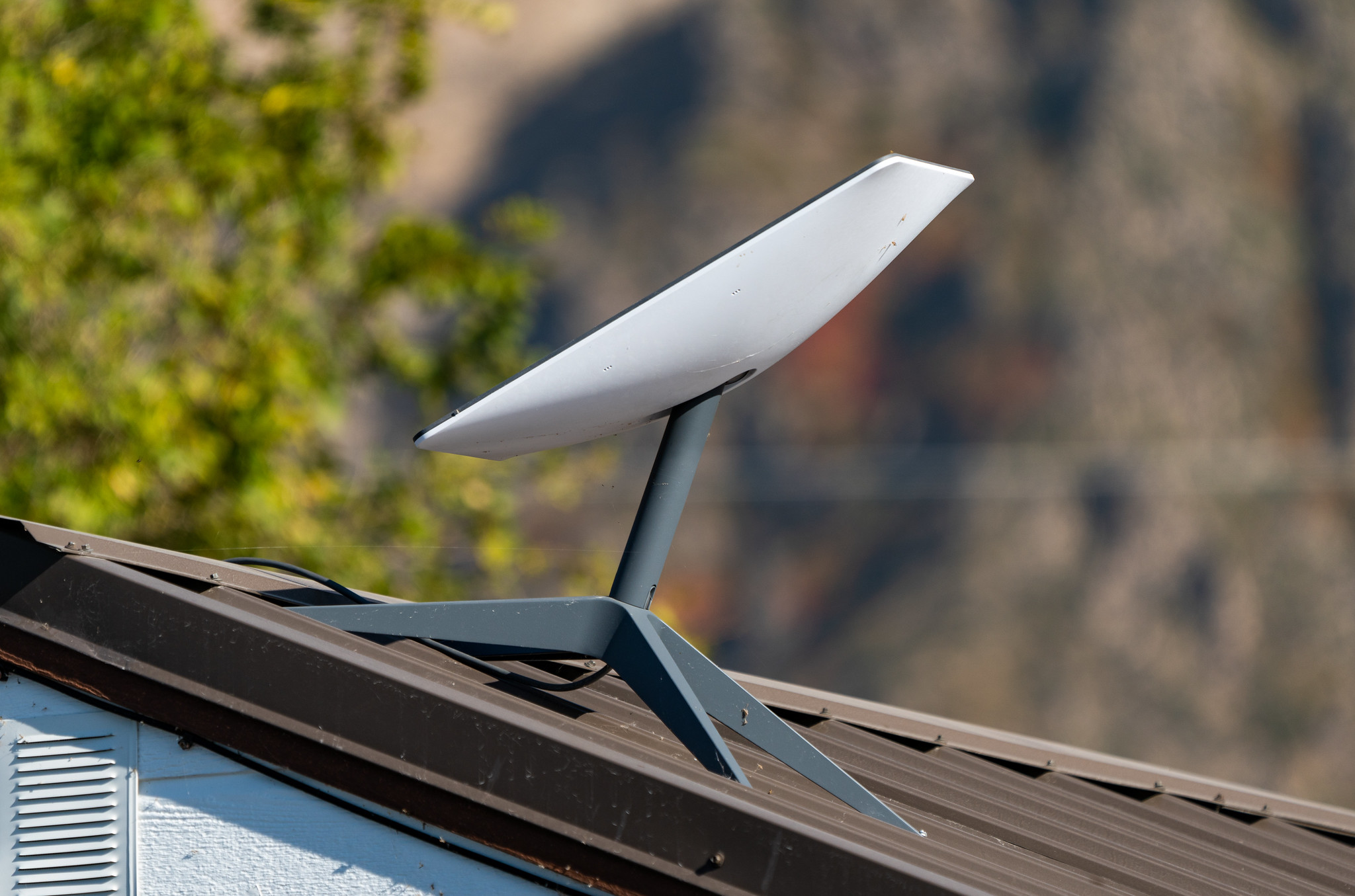SpaceX's Starlink division hasn't come close to meeting customer and revenue projections that the company shared with investors before building the satellite network, according to a Wall Street Journal report published today.
A 2015 presentation that "SpaceX used to raise money from investors" reportedly projected that in 2022, Starlink would hit 20 million subscribers and generate nearly $12 billion in revenue and $7 billion in operating profit. The WSJ said it obtained the 2015 presentation and recent documents with numbers on Starlink's actual performance in 2022.
Actual Starlink revenue for 2022 was $1.4 billion, up from $222 million in 2021, according to the report. The documents apparently didn't specify whether Starlink is profitable.
"Starlink hasn't signed up customers as quickly as SpaceX had hoped," the WSJ wrote. "Toward the end of last year, Starlink had more than one million active subscribers, SpaceX has said. The company thought its satellite-Internet business would have 20 million subscribers as 2022 closed out, according to SpaceX's 2015 presentation."
We contacted SpaceX about the report and will update this article if we get a response.
Starlink now has "well over" 1.5 million customers worldwide, including consumer users and businesses, said Jonathan Hofeller, SpaceX vice president of Starlink and commercial sales, according to a CNBC article today. Hofeller, who was speaking at a satellite conference, said the goal is to "grow to hopefully millions and millions."
Starlink expected to be profitable this year
SpaceX President and COO Gwynne Shotwell said in February that Starlink is expected to turn a profit this year. While Starlink's specific profit or loss is unknown, the WSJ previously reported that SpaceX overall "eke[d] out a small profit in the first three months of [2023] after two annual losses." SpaceX's Q1 2023 numbers reportedly included a $55 million profit on $1.5 billion in revenue.
Starlink operates by far the biggest network of low-Earth orbit (LEO) broadband satellites, with over 4,700 in orbit. For people without access to cable or fiber, Starlink can be the best option for high-speed broadband. But there are capacity constraints, and Starlink speeds dropped last year as more customers signed up.


 Loading comments...
Loading comments...
